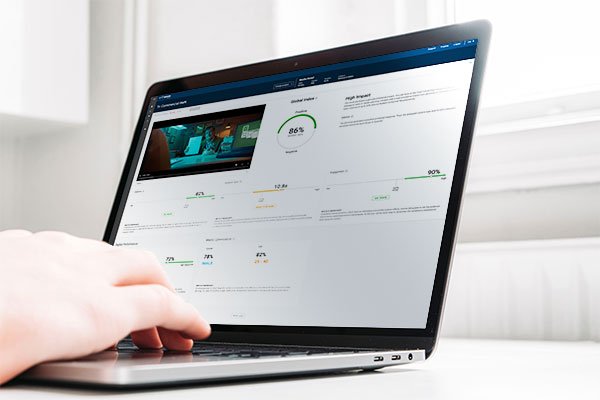Attention Metrics: why do they matter in Marketing?
In marketing, various attention metrics hold value, depending on the specific goals and objectives of a firm. Here are some of the most valuable traditional attention metrics that marketers should always consider:
- Average Time Spent: it measures the average duration that users spend engaging with a particular piece of content or webpage.
- Bounce Rate: it indicates the percentage of visitors who leave without interacting further. A high bounce rate indicates that the content failed to capture visitors’ attention or meet their expectations.
- Scroll Depth: it measures how far users scroll down a webpage, it helps to understand how much they are engaged.
- Click-through-Rate (CTR): it measures the percentage of users who click on a specific link or call to action and it indicates the level of interest generated.
- Traditional Engagement metrics: likes, shares, and comments, it provides insights into audience interaction.
These are all valuable metrics but in today’s customer-centric world the ones that guide a marketing strategy to success are the ones who consider attention (and emotional response) as an asset.
What does it change with AI?
Some emerging technologies amplify and, at the same time, simplify the value of neuroscience and neuromarketing studies through easy platform and tools that everyone can use in different daily activities. These platform, such as EmPower, give deep insight on consumer behavior such as:
- Attention Span: it refers to the length of time a person can focus and maintain attention on a particular task or stimulus. It represents the duration for which someone can remain engaged without becoming distracted or losing interest.
- Attention Level: it refers to the degree or intensity of an individual’s focus or concentration on a specific stimulus, it represents the level of attention allocated to processing information or engaging with a stimulus.
- Deep Engagement Metrics: these ones provide insights into the level of involvement and immersion of users with content or experiences. These metrics go beyond surface level interaction and capture the extent time spent on a task. It is useful to understand the quality of engagement.
The Attention and Data Economy
In the attention and data economy, where personalization and tailored experiences are highly valued, attention metrics contribute to the development of personalized marketing strategies. By understanding how audiences engage with content, marketers can create highly targeted campaigns that cater to individual preferences, increasing the likelihood of capturing attention and fostering stronger connections.
Attention metrics empower marketers to optimize content delivery channels, formats, and messaging based on audience behavior, resulting in more relevant and impactful experiences that resonate with their target audience.
Furthermore, attention metrics hold significant value in the context of data-driven decision-making. In the era of big data, marketing professionals have access to vast amounts of data and information about their customers. Attention metrics provide a lens through which this data can be effectively analyzed and interpreted. By leveraging attention metrics alongside other relevant data marketers can uncover valuable insights, detect patterns and refine their strategies.
SEE HOW IT WORKS





































